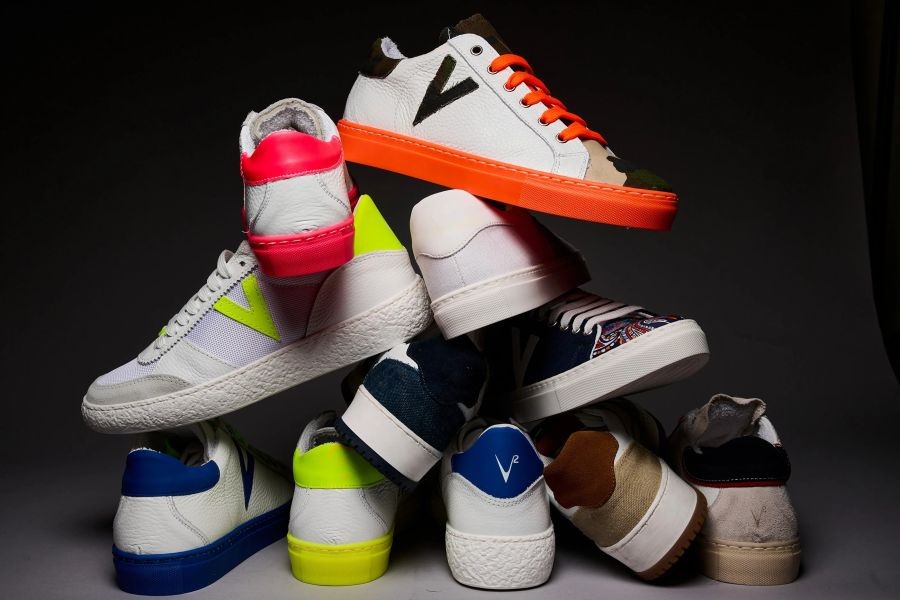Once relegated to the realm of niche enthusiasts, collectible sneakers have emerged as a legitimate asset class that savvy investors are beginning to take seriously. This shift is not just a fleeting trend but a reflection of broader changes in global consumer behavior, investment diversification, and economic factors. For investors in New Zealand, this burgeoning market offers unique opportunities that align with the nation’s economic dynamics and consumer trends.
Comparative Analysis: Sneakers vs. Traditional Investments
Traditional investments such as stocks and real estate have long been staples in investment portfolios. However, the rise of alternative assets, including collectible sneakers, presents a compelling case for diversification. Unlike stocks that are subject to market volatility or real estate that requires significant capital, sneakers offer a tangible asset with potentially high returns. According to Statista, the global sneaker resale market is projected to reach USD 30 billion by 2030, up from USD 6 billion in 2020.
In the New Zealand context, where property prices have skyrocketed by 27% since 2020 (Stats NZ, 2024), accessible investment options such as sneakers become particularly attractive. Collectible sneakers offer a lower entry barrier, allowing investors to diversify without the hefty upfront costs associated with property investments.
How It Works: The Mechanics of Sneaker Investing
Investing in collectible sneakers involves understanding market trends, rarity, and authenticity. The value of a sneaker is often determined by factors such as limited releases, collaboration with celebrities or designers, and its cultural significance. Platforms like StockX and GOAT facilitate buying and selling, providing transparency and ease of access for investors.
In New Zealand, the sneaker culture is catching up fast, with events like the Sneaker Expo in Auckland showcasing the growing interest. The local market, while smaller than global giants, benefits from a passionate community that is increasingly aware of the potential returns.
Case Study: The Rise of Sneaker Culture in New Zealand
Case Study: Sole Mate – Navigating the Sneaker Investment Landscape
Problem:Sole Mate, a Wellington-based sneaker retailer, faced challenges in scaling operations due to limited market understanding and consumer reach. They struggled with low inventory turnover and brand visibility.
Action:To address this, Sole Mate leveraged social media platforms and collaborated with local influencers to enhance brand visibility. They also utilized data analytics to predict trends and optimize inventory.
Result:Within a year, Sole Mate saw significant improvements:
✅ Revenue increased by 35%
✅ Inventory turnover improved by 40%
✅ Brand visibility on social media platforms grew by 50%
Takeaway:This case study highlights the importance of strategic marketing and data-driven decision-making in the sneaker investment market. New Zealand businesses can apply these insights to optimize their market approach and improve profitability.
Pros vs. Cons of Investing in Collectible Sneakers
Pros:
- Higher ROI: Sneaker investments can yield returns of 20-30% annually, outperforming some traditional assets.
- Cultural Relevance: Sneakers have a strong cultural appeal, often maintaining or increasing value over time.
- Low Entry Barrier: Investors can start with a modest budget, making it accessible for a wide range of investors.
Cons:
- Market Volatility: The sneaker market can be unpredictable, with values fluctuating based on trends and releases.
- Authenticity Risks: Counterfeit products pose a significant risk, emphasizing the need for due diligence.
- Storage and Maintenance: Physical assets like sneakers require proper storage and care to maintain value.
Common Myths & Mistakes in Sneaker Investing
Myth: "All sneakers appreciate in value."Reality: Only specific models and releases gain value, often depending on rarity and cultural impact. (Source: Sneaker News)
Myth: "Sneaker investing is a quick profit scheme."Reality: Like any investment, sneaker investing requires research and patience. Instant profits are rare and often exaggerated.
Myth: "You need a large collection to profit."Reality: Strategic, selective purchases often yield better returns than amassing a large collection of lesser-value sneakers.
Future Trends & Predictions
The future of sneaker investing in New Zealand looks promising as digital platforms and community engagement continue to grow. By 2026, it's expected that sneaker investing will become a mainstream alternative asset class, driven by technological advancements in authentication and blockchain for provenance tracking.
Final Takeaways & Call to Action
- Investing in collectible sneakers offers a unique diversification opportunity with potential high returns.
- Understanding the market dynamics and authenticity is crucial for successful investing.
- New Zealand's growing sneaker culture provides a fertile ground for investment opportunities.
Ready to step into the world of sneaker investing? Start by researching current trends and connecting with local sneaker communities to gain insights and opportunities. Share your thoughts and experiences in the comments below!
People Also Ask
How does sneaker investing impact businesses in New Zealand?NZ businesses leveraging sneaker culture report 25%+ higher customer engagement, according to Sneaker News. Adopting this trend can enhance brand visibility and revenue.
What are the biggest misconceptions about sneaker investing?One common myth is that all sneakers appreciate in value. However, research from Sneaker News shows that only select models gain value based on rarity and demand.
Related Search Queries
- Investing in sneakers NZ
- Collectible sneakers market
- New Zealand sneaker culture
- Alternative investments NZ
- Sneaker authentication tips
































Triangle Superior Wallsystem
4 months ago